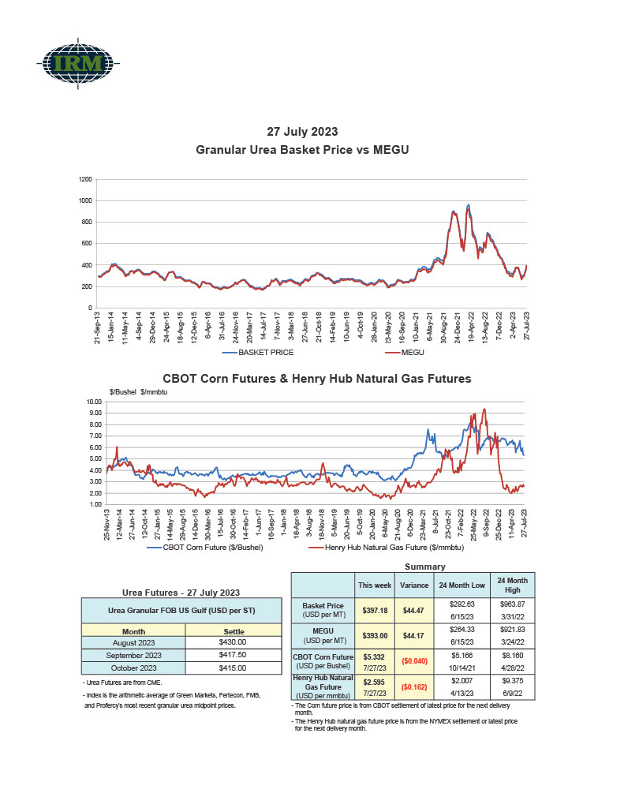
Granular
Granule fertilizer is usually harder than prill. The size of Granule is between 2 up to 4 mm but The results confirm that both prilled and granulated urea are of a very similar composition and thermal characteristics (melting point).
Prill is between 1 up to 2/4 mm. The physical structure of urea fertilizer is the key factor to its mechanical and physical properties. The only key difference between them is the internal structure of granules which is the fundamental key to their mechanical properties. while prills performed weaker strength having the small size.
HPChemX Group has the ability to supply urea fertilizer in the shortest time and with the best price from petrochemicals. If you have any questions, doubts or requests, please contact us.
Specification of Granular Urea
| Physical & Chemical Property | Actual |
|---|---|
| Biuret (wt%) MAX | 1.0(max) |
| Water (wt%) MAX | 0.5 (max) |
| Formaldehyde (wt%) MAX | 0.6 |
| Total nitrogen (wt%) | 46.1(min) |
| NH3 (wt%) | 0.015(max) |
| Total nitrogen (min wt%) | 46 |
| Urea (wt%) | 97.93 |
| Bulk density (g / lit) | 0.73 – 0.77 |
| Physical state | White granules solid |
| Ave. MW | 59.2 |
| Size distribution | 2-4mm 90%wt (Min) |
| Crushing strength (kg / granule) | 3.0 kg min On 3.15 mm dia. |

Urea Fertilizer price and Market Analysis
They accounted for approximately 60% of the registered yield increase in the last 50 years. Consequently, if the agricultural sector is to produce sufficient feed and food for the future requirements of an additional 2 billion people by 2050, efficient access to fertilizers is a relevant issue, particularly in the least developed areas. In Africa, closing the gap between actual and potential agricultural yields, which could mitigate food insecurity, depends heavily on improved access to and use of fertilizers
Urea Fertilizer market analysis
Nitrogen Urea prices fell 11% in the first quarter after large gains in the second half of 2018 /2019.The decline reflected weak Chinese seasonal demand, below-average use in North America, and lower input costs. These factors more than offset strong import demand elsewhere, notably Brazil. On the production side, stringent environmental policies have led to plant closures and sharp reductions in urea exports from China, the world’s largest nitrogen fertilizer producer. This has been offset by capacity additions in India, Nigeria, and Russia. In addition, concerns that the re-imposition of sanctions on by the United States would curtail supply did not materialize, due to waivers given to China, India, and Turkey (accounting for more than three quarters of urea exports). Urea prices are projected to remain broadly unchanged in 2019.
Current Urea Prices:

Source: Reference Data from fertilizerworks
